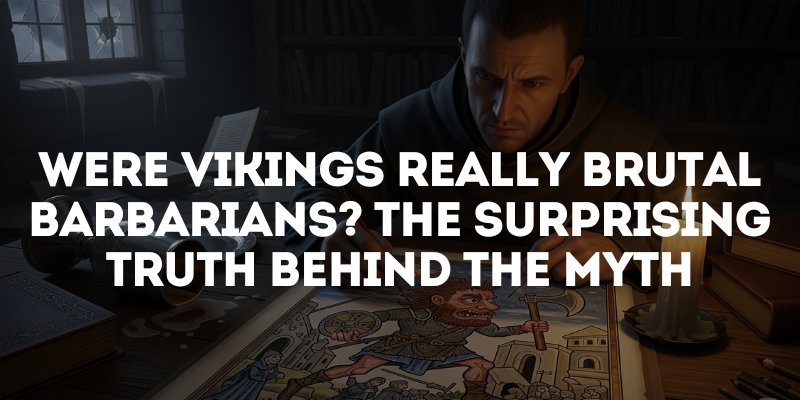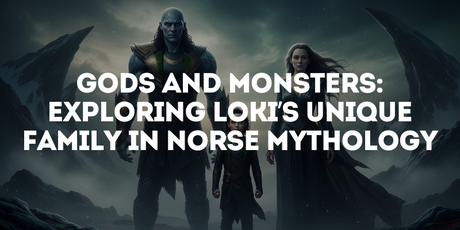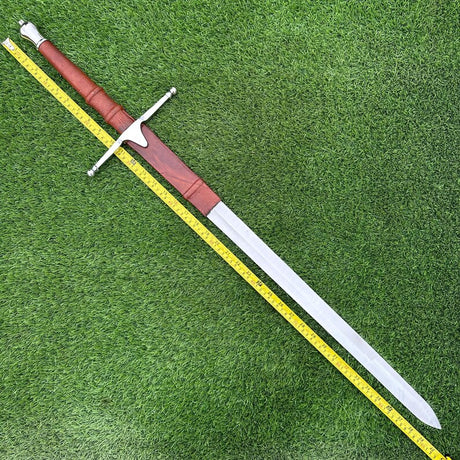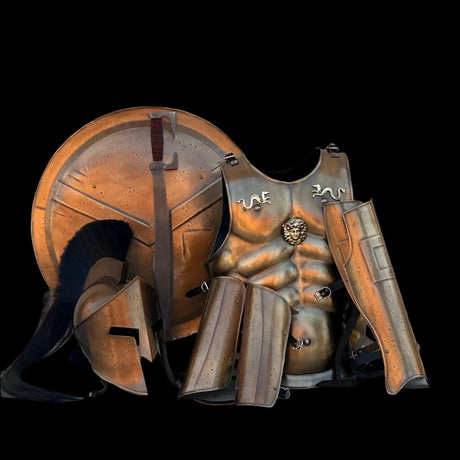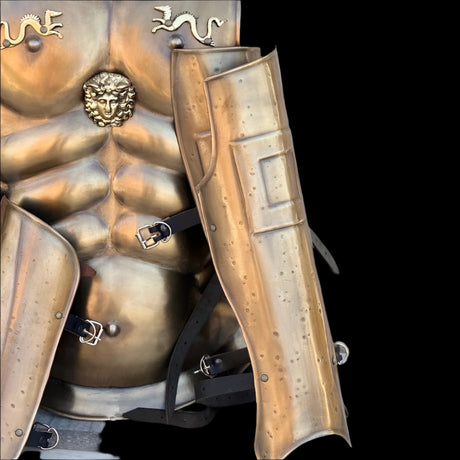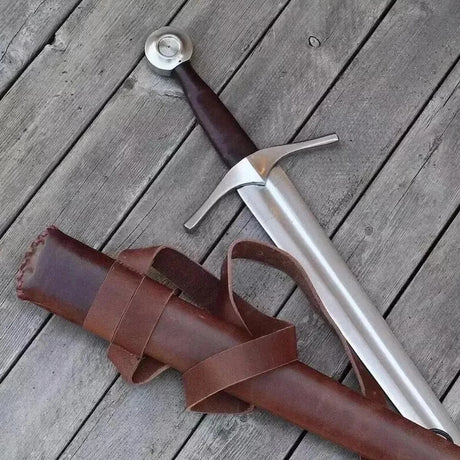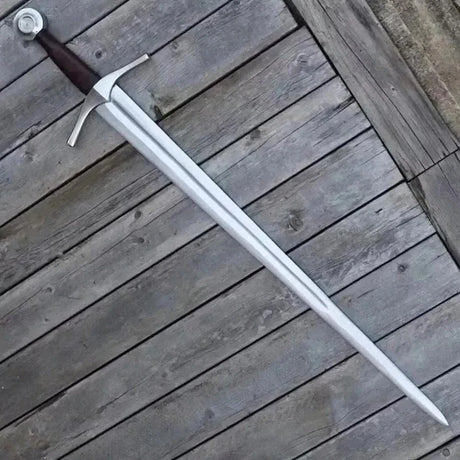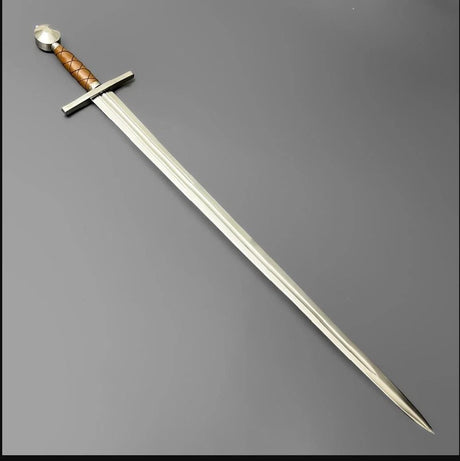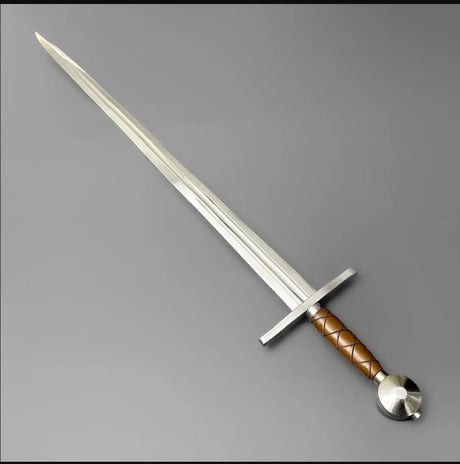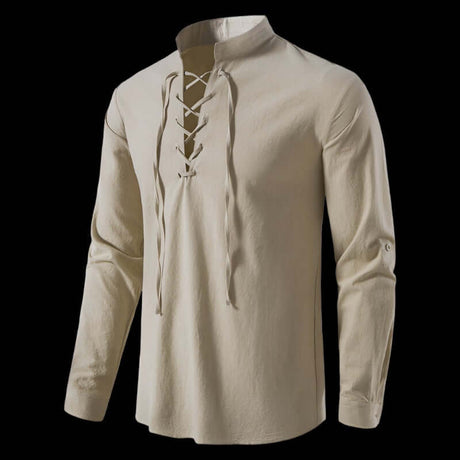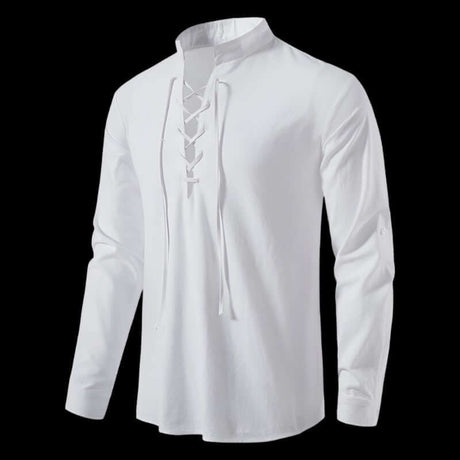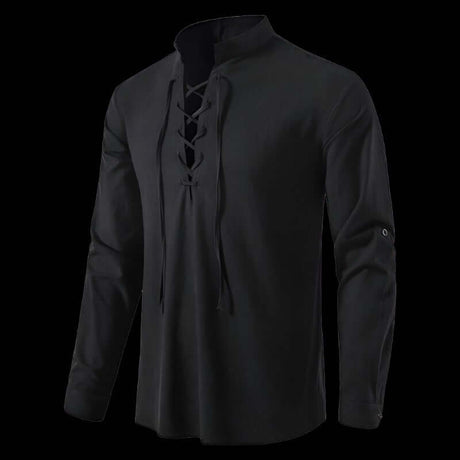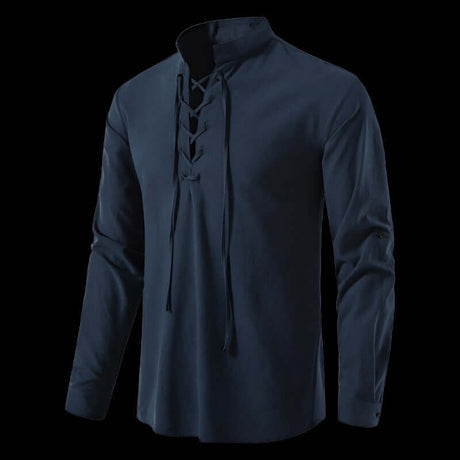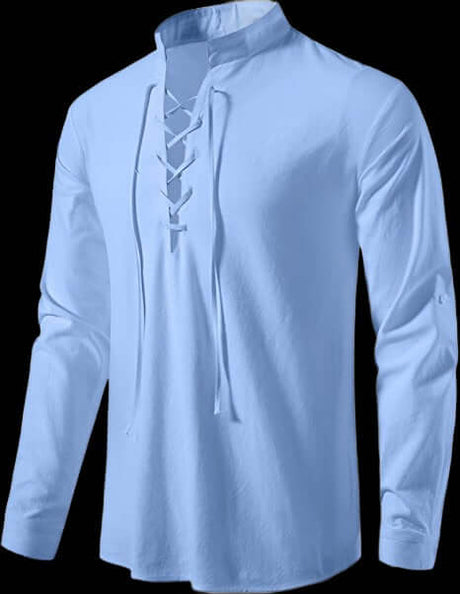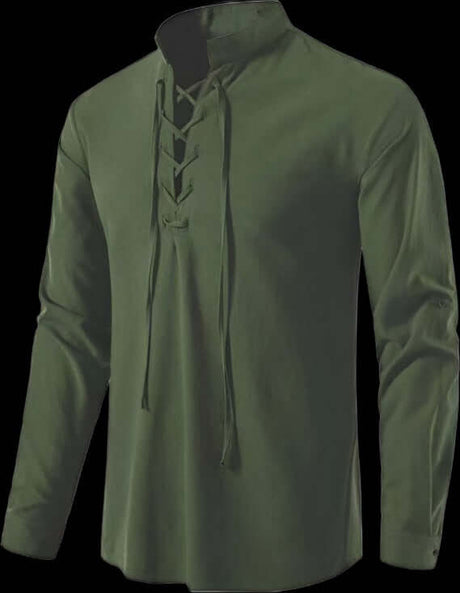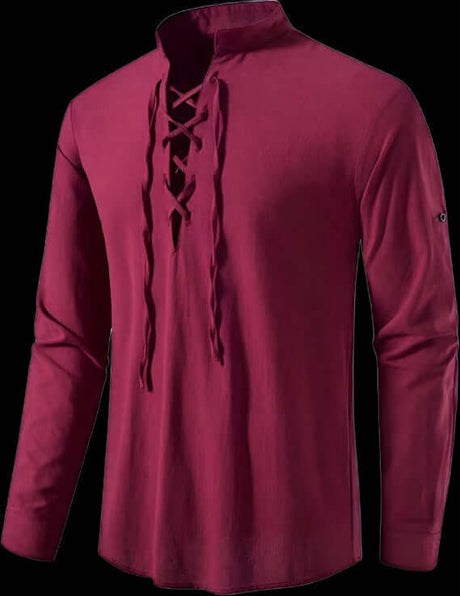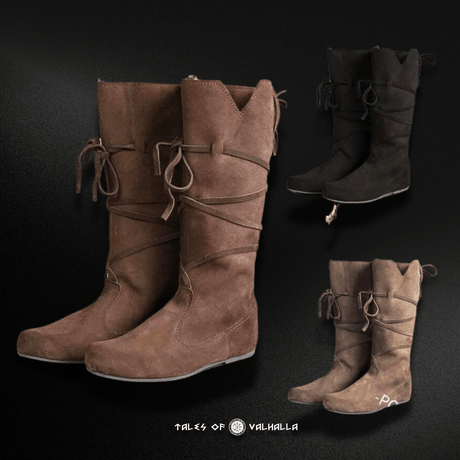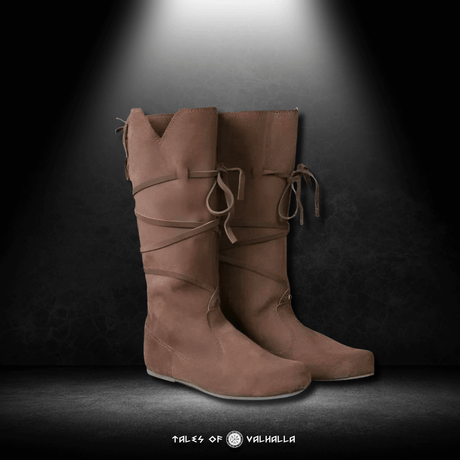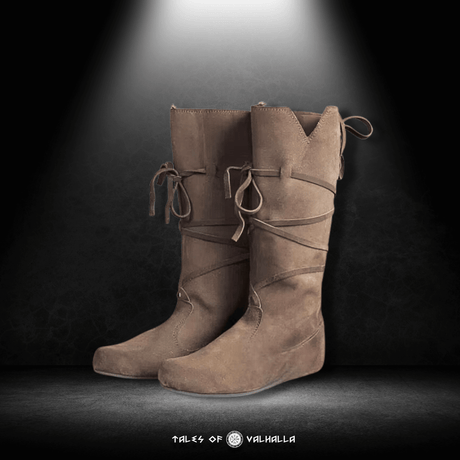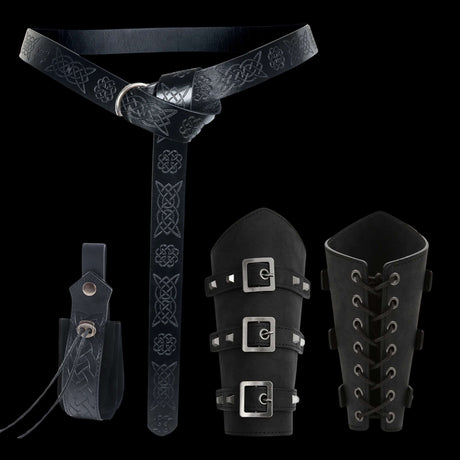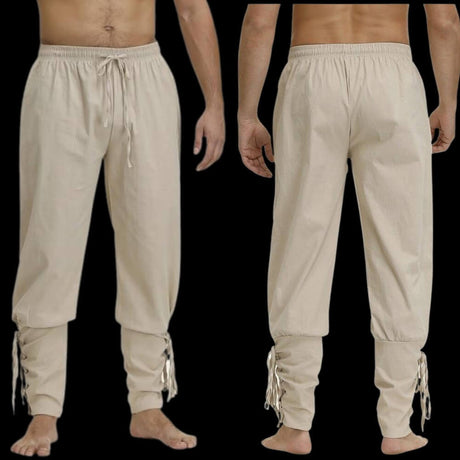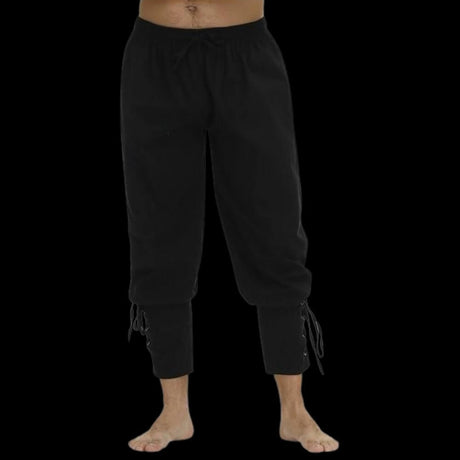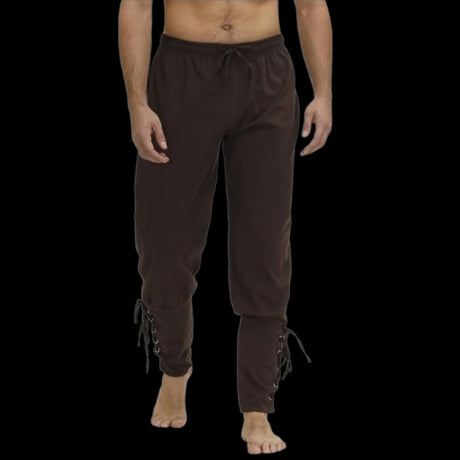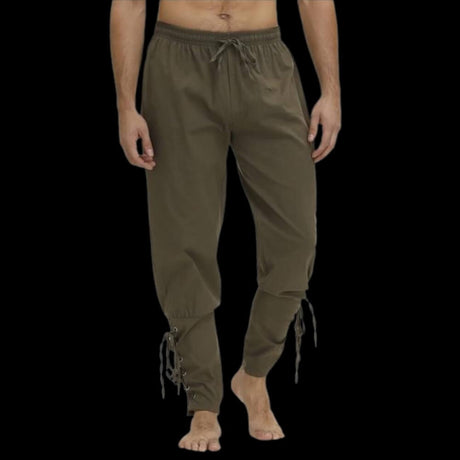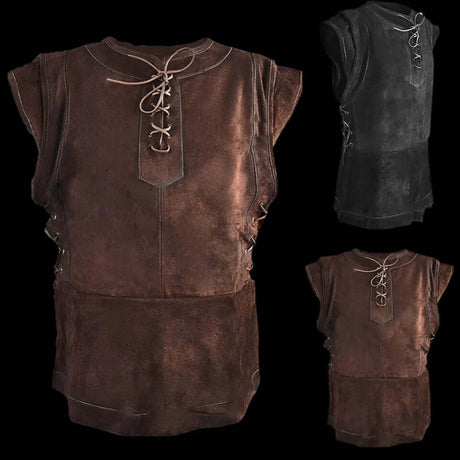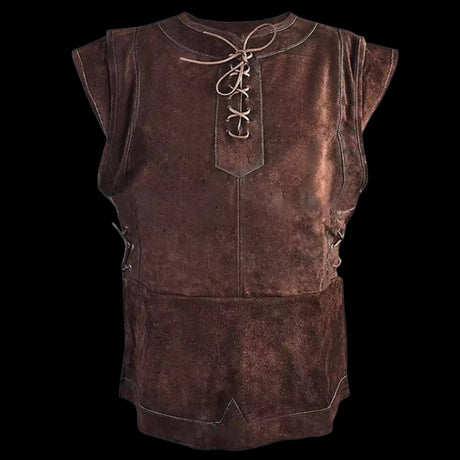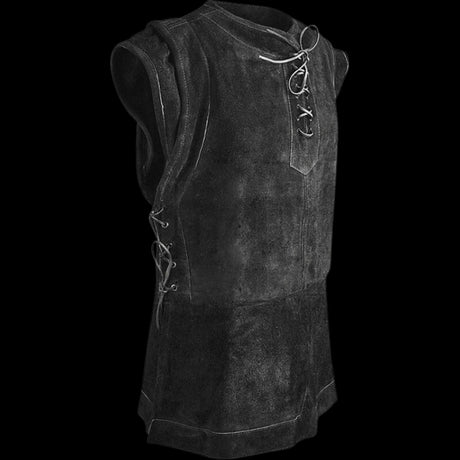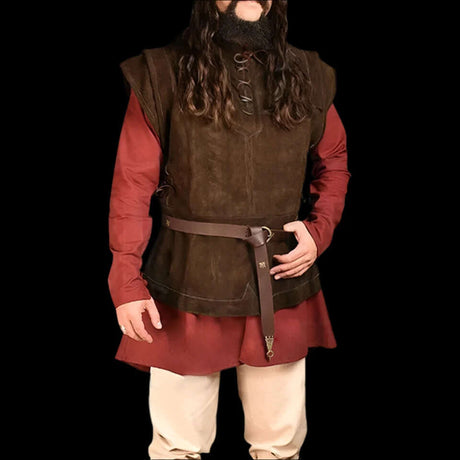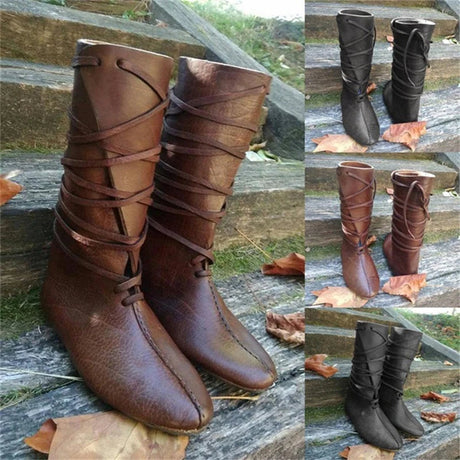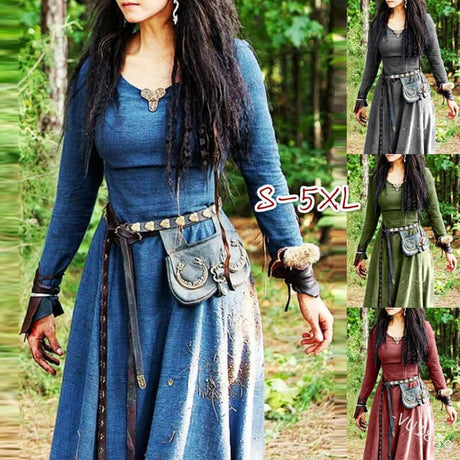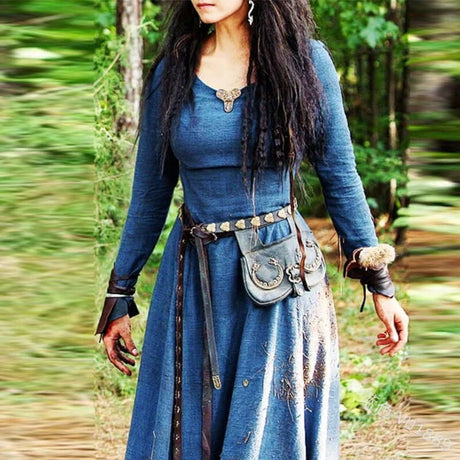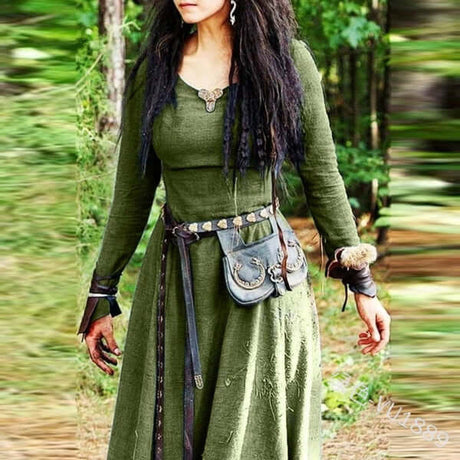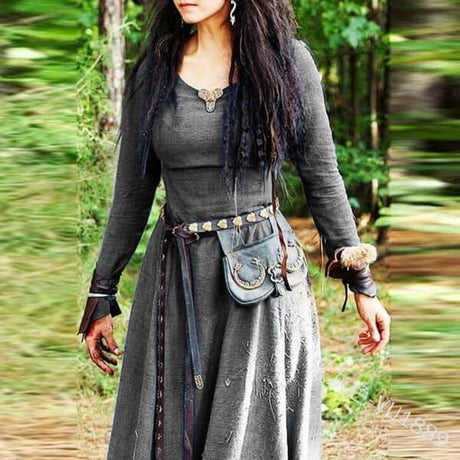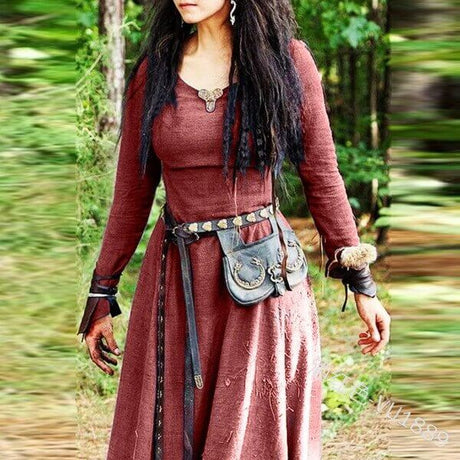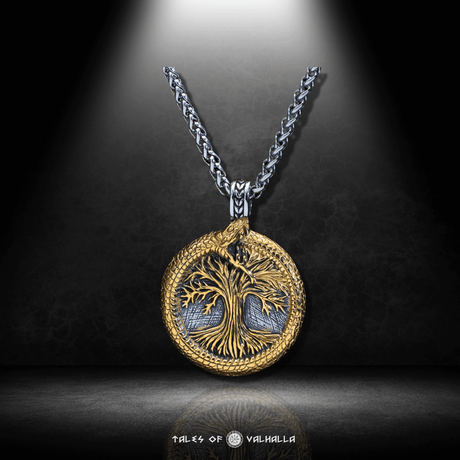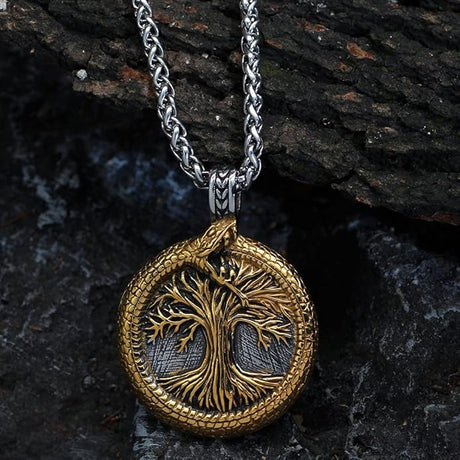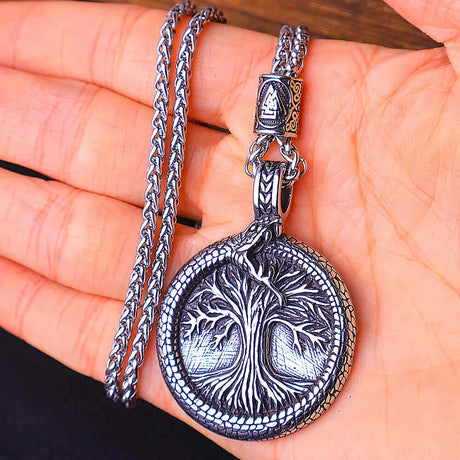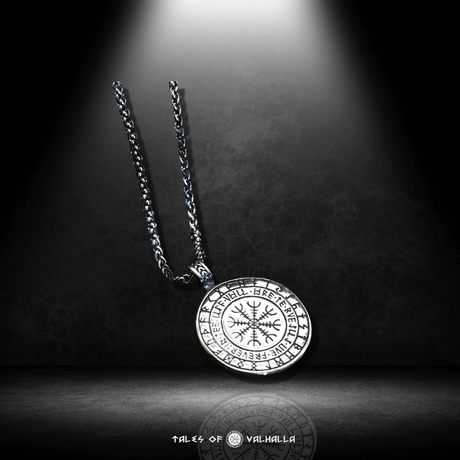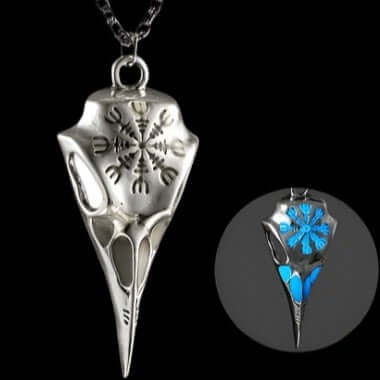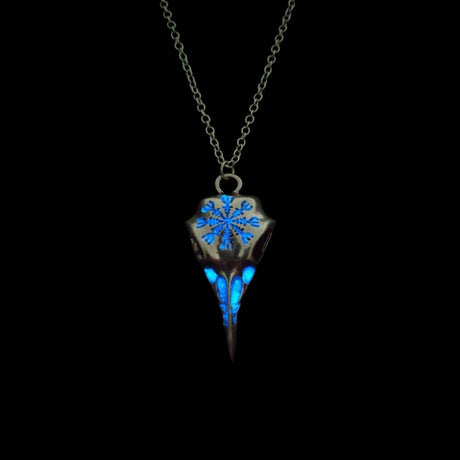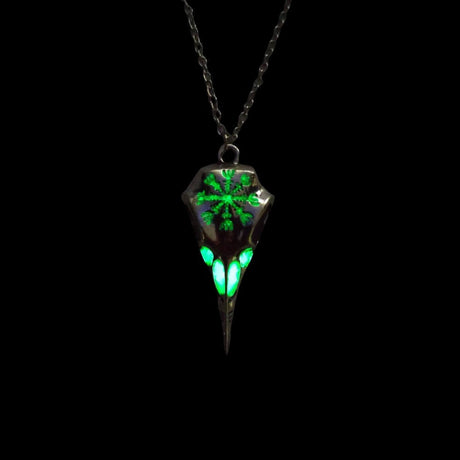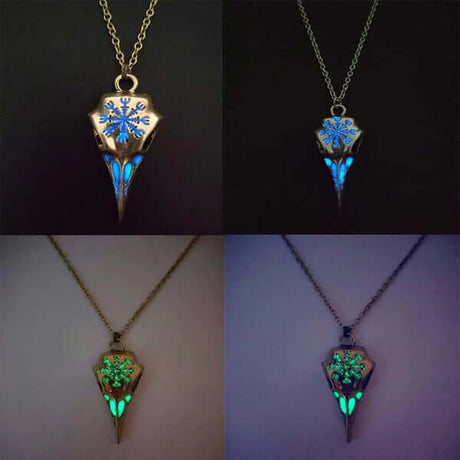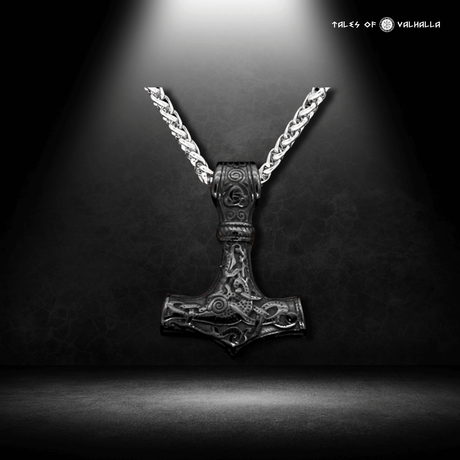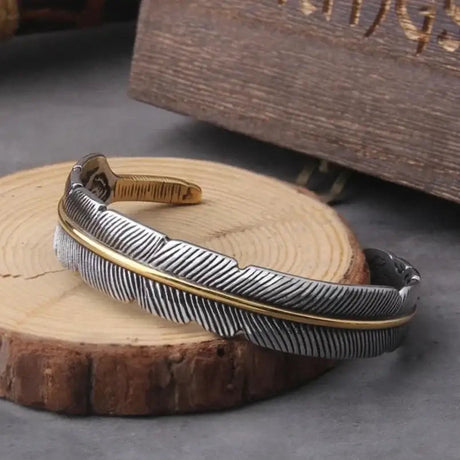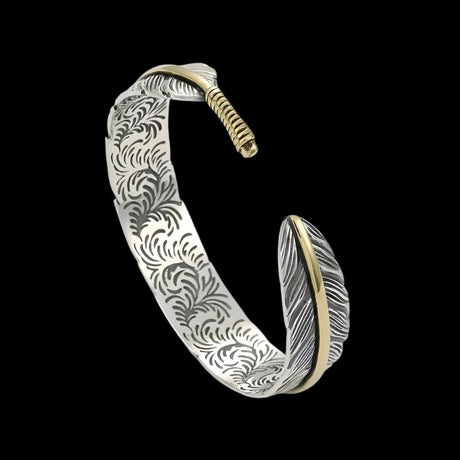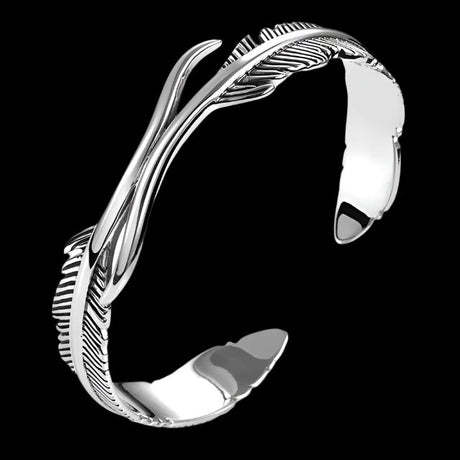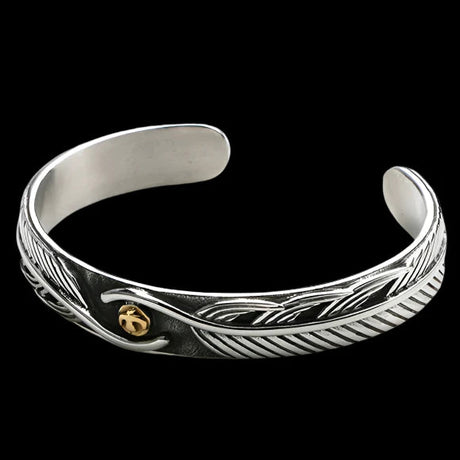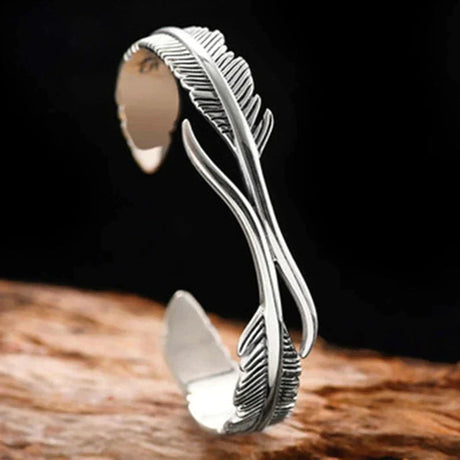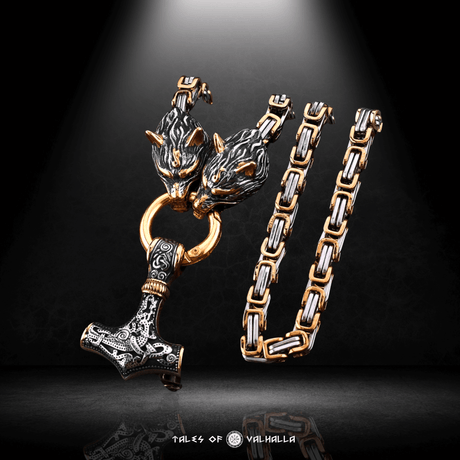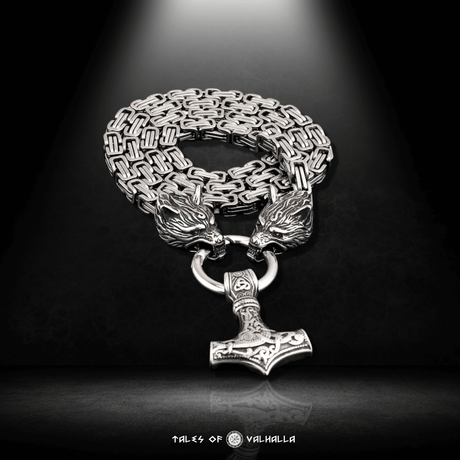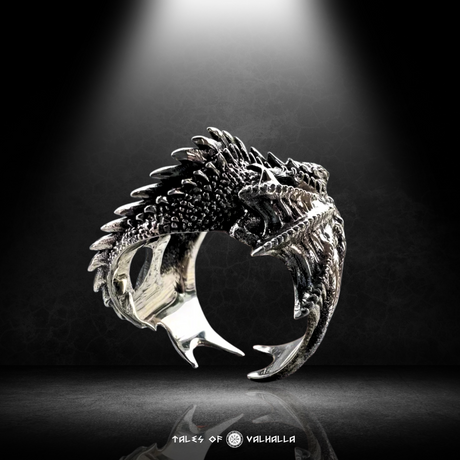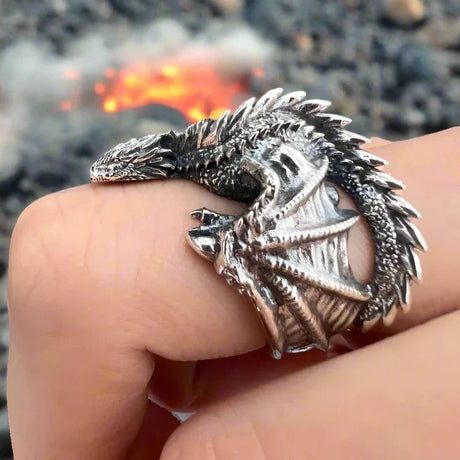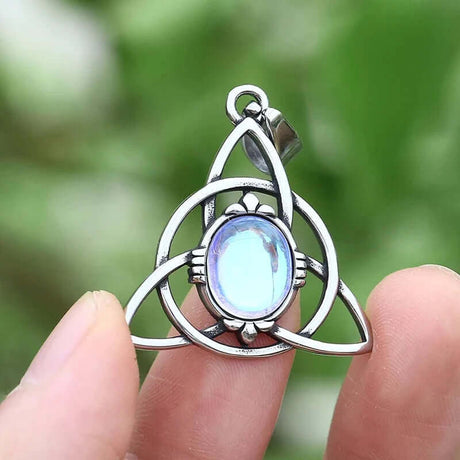The image is seared into our collective consciousness: a horde of savage, horned-helmeted warriors leaping from longships, axes swinging, bringing fire and terror to all in their path. For centuries, the popular narrative has painted the Vikings as one-dimensional brutal barbarians. This powerful stereotype, reinforced by everything from Victorian art to modern television, has defined our understanding of the Norse people. But is it the whole truth?
The question, "Were Vikings really brutal barbarians?" is not a simple yes or no. The answer is a complex and fascinating exploration that requires us to act as historical detectives, sifting through biased accounts, examining archaeological evidence, and placing the Vikings within the context of their own violent era. This deep dive will put the stereotype on trial, presenting the case for the prosecution – the undeniable evidence of Viking brutality – and the case for the defense – the often-overlooked proof of their sophisticated culture. Prepare to have your perceptions challenged as we separate history from myth.
Forging the Myth: Where Did the Image of "Brutal Barbarians" Come From?
Before we weigh the evidence, it's crucial to understand how this powerful image of brutal barbarians was created and cemented in our minds. It didn't appear out of thin air.

Forging the Myth: Where Did the Image of "Brutal Barbarians" Come From
The Pen is Mightier Than the Axe: The Bias of Written Sources
The most significant factor in shaping the Vikings' reputation is that, for a long time, their story was told almost exclusively by their enemies.
- The Victims' Perspective: The primary chroniclers of the early Viking Age were Christian monks in England and Francia. When a longship full of pagan warriors arrived to plunder your monastery, kill your brethren, and steal your sacred relics, your written account is unlikely to be a balanced cultural study. These chronicles, our main source of information, were written from a perspective of terror and religious outrage. They naturally portrayed the Vikings as monstrous heathens, the very definition of brutal barbarians.
- Pagan vs. Christian: The religious divide was enormous. To the Christian writers, the Vikings were pagans who desecrated holy sites, a transgression of the highest order. This religious lens colored every description of their actions, framing them not just as enemies, but as agents of demonic evil.
The Victorian Revival: Romanticism and Sensationalism
For centuries after the Viking Age ended, the Norsemen were largely footnotes in European history. Their image was resurrected and dramatically reshaped in the 19th century.
- Romantic Ideals: The Victorian era had a fascination with the past, often romanticizing it. They saw in the Vikings a "noble savage" archetype – primal, powerful, and free. This era gave us some of our most enduring but inaccurate images, such as the horned helmet, which first appeared in costumes for Wagner's opera cycle, Der Ring des Nibelungen.
- Sensationalism: At the same time, the Victorians loved a good, gruesome story. The violence and perceived savagery of the Vikings were amplified, creating the bloodthirsty, wild-haired image that still persists. This was the era that truly solidified the idea of Vikings as archetypal brutal barbarians.
Modern Media's Influence: Drama Demands Conflict
Today, movies, TV shows like Vikings, and video games have introduced Norse culture to a massive global audience. While these productions have done wonders for sparking interest, their primary goal is entertainment, and entertainment thrives on conflict. The focus is naturally on the raids, the battles, and the bloodshed, which, while part of the story, can overshadow the more peaceful and complex aspects of their society, reinforcing the stereotype of brutal barbarians.
The Case for the Prosecution: The Evidence for Viking Brutality
We cannot and should not ignore the fact that the Vikings were capable of extreme violence. The historical record is replete with accounts of their ruthless and devastating actions. To deny this would be to sanitize history.
The Raid on Lindisfarne (793 AD): A Shock to the System
The raid on the wealthy and undefended monastery of Lindisfarne in Northumbria is often cited as the beginning of the Viking Age in England. It was a traumatic event that sent shockwaves through Christian Europe. The Anglo-Saxon Chronicle records: "the harrying of the heathen miserably destroyed God's church in Lindisfarne by rapine and slaughter." Monks were killed, thrown into the sea, or taken away as slaves. For the victims, the attackers were unquestionably brutal barbarians.
Story Vignette 1: The Monk's Terror
Brother Alcuin huddled in the scriptorium, the smell of smoke and salt thick in the air. The screams from the chapel had subsided into a terrible silence. He could hear the guttural shouts of the Northmen, a language he didn't understand but whose intent was terrifyingly clear. He clutched a gilded gospel book, a lifetime of careful work. The door burst open, and a giant of a man stood there, axe in hand, his beard braided, his eyes cold and hard. Alcuin saw no trace of civilization, no fear of God, only a terrifying force of nature. In that moment, the abstract idea of "heathens" became a horrifying reality. To him, there was no other word for them but brutal barbarians.
The Great Heathen Army and the Conquest of England
The raids of the 9th century were not just small-scale attacks; they evolved into full-blown invasions. The "Great Heathen Army" that landed in England in 865 AD was a massive, organized force that conquered several Anglo-Saxon kingdoms, including Northumbria, East Anglia, and Mercia. This was not random violence but a calculated campaign of conquest, carried out with ruthless efficiency.
The Slave Trade: The Dark Underbelly of the Viking Economy
A crucial and often glossed-over aspect of Viking life was their extensive involvement in the slave trade.
- Thralls (Þræll): The lowest rung of the Viking social ladder was occupied by thralls, or slaves. A significant portion of the population in the Viking homelands was enslaved.
- Raiding for People: Many raids, particularly in Ireland (where Dublin became a major slave market) and the Slavic lands, were explicitly for the purpose of capturing people. These captives were then either taken back to Scandinavia to work on farms or sold in markets across Europe and the Middle East. This human trafficking was a core part of their economy and a stark example of their brutality. The existence of this trade makes the label of brutal barbarians difficult to dismiss entirely.
Ritual Violence: The Case of the Blood Eagle
No discussion of Viking brutality is complete without mentioning the Blood Eagle. Described in some late Norse sagas and poetry, this was an alleged ritual method of execution where a victim's ribs were severed from their spine and their lungs pulled out to create a pair of "wings."
- Historical Debate: The historicity of the Blood Eagle is hotly debated by scholars. No contemporary accounts mention it, and no archaeological evidence supports it. Many historians believe it was a literary invention, a Christian writer's misunderstanding of complex poetry, or a way to posthumously villainize pagan figures.
- Impact on Perception: Regardless of its authenticity, the story of the Blood Eagle has had a massive impact on the modern perception of Vikings as uniquely cruel and savage brutal barbarians.
The Case for the Defense: Beyond the Image of Brutal Barbarians
If we only look at the raids and the sagas' most violent passages, the case seems closed. But that would be like judging all of modern America solely by its prison population and war footage. The archaeological and historical record reveals a different, far more complex picture of Viking society. Were they truly just brutal barbarians? The evidence for the defense is compelling.

The Case for the Defense: Beyond the Image of Brutal Barbarians
Master Shipbuilders and Navigators
The Vikings' most iconic creation, the longship, was a technological marvel. These sleek, flexible, and seaworthy vessels were the result of sophisticated engineering and a deep understanding of hydrodynamics. They were not the work of simple savages, but of master craftsmen. Their ability to navigate the open ocean, reaching Iceland, Greenland, and North America, was unparalleled in their time. This level of skill contradicts the simplistic label of brutal barbarians.
Complex Social and Legal Structures
Viking society was not a lawless free-for-all. It was governed by intricate social codes and legal systems.
- The Thing (Assembly): The Thing was a local or regional assembly where free men gathered to create laws, settle disputes, and make political decisions. It was a form of early parliament, demonstrating a commitment to law and community governance that is the antithesis of barbarism.
- Honor and Reputation (Dómr): Norse society was built on a complex code of honor. A person's reputation was their most valuable asset, and their actions were often dictated by a desire to maintain or enhance it. Oaths were sacred, and breaking one's word brought immense shame.
Skilled Craftsmen and Artists
The art of the Viking Age is a testament to their sophisticated aesthetic sense and incredible skill.
- Intricate Metalwork: Viking jewelers created stunningly beautiful brooches, arm rings, and pendants in silver and gold, often featuring intricate filigree, granulation, and complex animal-style ornamentation.
- Wood Carving: The prows of longships, the posts inside stave churches, and everyday objects were often adorned with breathtakingly complex wood carvings.
- The Beauty of Their Art: The various Viking art styles (Oseberg, Borre, Jelling, etc.) are characterized by their dynamic, interwoven patterns and stylized animal figures. This is the art of a confident and artistically advanced culture, not one of brutal barbarians.
Accomplished Traders and Merchants
While raiding is what they are famous for, Vikings were also some of the most accomplished traders of their era.
-
Vast Trade Networks: They established trade routes that stretched from Newfoundland to Constantinople and deep into modern-day Russia and the Middle East.
-
Bustling Urban Centers: They founded or developed major trading hubs like Hedeby (in modern Germany), Birka (in Sweden), and Dublin (in Ireland), which were cosmopolitan centers of commerce and craft.
Story Vignette 2: The Merchant of Hedeby
Sven stood at his stall in the bustling market of Hedeby, a crossroads of the world. The air was a cacophony of languages: Old Norse, Saxon, Frankish, and the melodic tones of an Arab merchant with whom he was haggling. Sven wasn't a raider; his wealth came from the fine amber he sourced from the Baltic coast. Today, he was trading a large cache of it for a bolt of shimmering silk and a handful of silver dirhams stamped with unfamiliar script. He saw a craftsman nearby showing off a newly finished silver brooch, its intricate knotwork catching the light. This was his world – a world of commerce, craft, and connection. To call him and his peers brutal barbarians would be to ignore the very foundation of their prosperity.
Rich Literary and Mythological Heritage
A society of mere brutal barbarians does not produce the kind of profound and complex literature that the Norse did.

Rich Literary and Mythological Heritage
- Norse Mythology: The myths of Odin, Thor, Loki, and Ragnarök are a deep and sophisticated exploration of creation, life, death, and fate.
- The Sagas: The Icelandic Sagas are considered masterpieces of medieval literature, renowned for their realistic characters, complex plots, and understated prose.
- Skaldic Poetry: Skalds were highly respected court poets who composed incredibly complex verses, following strict metrical rules and using intricate metaphors (kennings). This is the work of a highly developed literary tradition.
Personal Hygiene and Grooming
Finally, the archaeological record directly contradicts the "dirty Viking" stereotype. Combs, tweezers, and even "ear spoons" are some of the most common finds in Viking graves. As John of Wallingford noted, their habit of bathing weekly and combing their hair daily made them stand out in 10th-century England.
A Relative Brutality: The Viking Age in Context
One of the most important points in the debate over Vikings as brutal barbarians is context. The Viking Age was a violent time for everyone.
- Charlemagne's Campaigns: The celebrated Frankish emperor Charlemagne, a contemporary of the early Vikings, was known for his own brutality, such as the Massacre of Verden where he allegedly had 4,500 pagan Saxons executed.
- Internal Conflicts: The internal wars between Anglo-Saxon kingdoms or Frankish nobles were often just as bloody as any Viking raid.
- A Matter of Perspective: The key difference is that the Vikings were pagan outsiders raiding Christian lands, and the literate Christians wrote the history. We have very few accounts from the Viking perspective. The violence of established Christian kings was often framed as righteous, while the violence of pagan Vikings was framed as barbaric.
Summary: The Stereotype vs. The Historical Reality
| The Stereotype of the "Brutal Barbarian" | The Multifaceted Historical Reality |
| Savage and Unkempt: Dirty, with matted hair and beards. | Well-Groomed: Bathed regularly, combed hair, took pride in appearance. |
| Mindless Violence: Fought purely for bloodshed and destruction. | Strategic Warfare & Raiding: Raids were often calculated economic ventures. Violence was a tool, not the sole purpose. |
| Uncivilized & Lawless: Lacked any social or legal structure. | Complex Society: Had sophisticated legal systems (The Thing), social hierarchies, and a strong code of honor. |
| Lacked Art & Culture: Were incapable of creating beauty or literature. | Skilled Artisans & Poets: Produced stunning jewelry, intricate carvings, and a world-class body of literature (the Sagas). |
| Isolated Savages: Had no contact with the wider world beyond raiding. | Master Traders & Explorers: Maintained vast trade networks from North America to the Middle East. |
Conclusion: The Final Verdict
So, were the Vikings brutal barbarians? The term "barbarian" is false, as it implies a lack of culture, art, and law, which the Norse people clearly possessed.
However, were they brutal? Absolutely. By modern standards, their raids were violent and cruel. But this brutality was a feature of a violent age, a tool for survival, and they were no more savage than many of their contemporaries
The myth of the brutal barbarian is a one-dimensional caricature. It ignores the complexity of a people who were not only fierce warriors with epic tales of Valhalla, but also explorers, poets, merchants, and lawmakers. The true picture of the Vikings is a far more interesting contradiction of savage violence and sophisticated culture.
4 FAQs
-
Q: So, were Vikings really brutal barbarians?
A: The answer is complex: they were certainly brutal, but they were not barbarians. By modern standards, their raids, warfare, and involvement in the slave trade were undeniably violent. However, the term "barbarian" implies a lack of culture, which is false. Vikings had a sophisticated society with intricate laws, advanced shipbuilding, vast trade networks, and a rich artistic and literary heritage. The "brutal barbarians" label is a one-dimensional stereotype.
-
Q: Why do we have the stereotype of Vikings as savage and dirty?
A: This image comes from several sources. Primarily, most written accounts of the Vikings were created by their victims (like Christian monks), who had every reason to portray them as monstrous. Later, in the 19th century, the Victorian era romanticized and exaggerated their "savage" image. Modern movies and TV shows often focus on the violence for dramatic effect, further cementing the "brutal barbarians" stereotype.
-
Q: What is the best evidence that Vikings were more than just raiders?
A: The best evidence of their sophisticated culture includes:
-
Advanced Technology: The engineering marvel of the longship.
-
Law and Society: The existence of local assemblies (Things) where freemen participated in lawmaking.
-
Art and Craft: Intricate wood carvings, beautiful jewelry, and complex poetry.
-
Trade: Vast trade networks stretching from North America to the Middle East.
-
Hygiene: Archaeological finds of combs, tweezers, and other grooming tools are extremely common in Viking graves.
-
-
Q: Were the Vikings more brutal than other people during their time?
A: The Viking Age was an extremely violent period for everyone in Europe. While Viking raids were brutal, their actions were not necessarily more savage than those of other contemporary rulers, such as the Frankish Emperor Charlemagne and his campaigns against the Saxons. The key difference is that the Vikings' history was primarily written by their enemies, while the violence of Christian kings was often framed by their own chroniclers as righteous.

